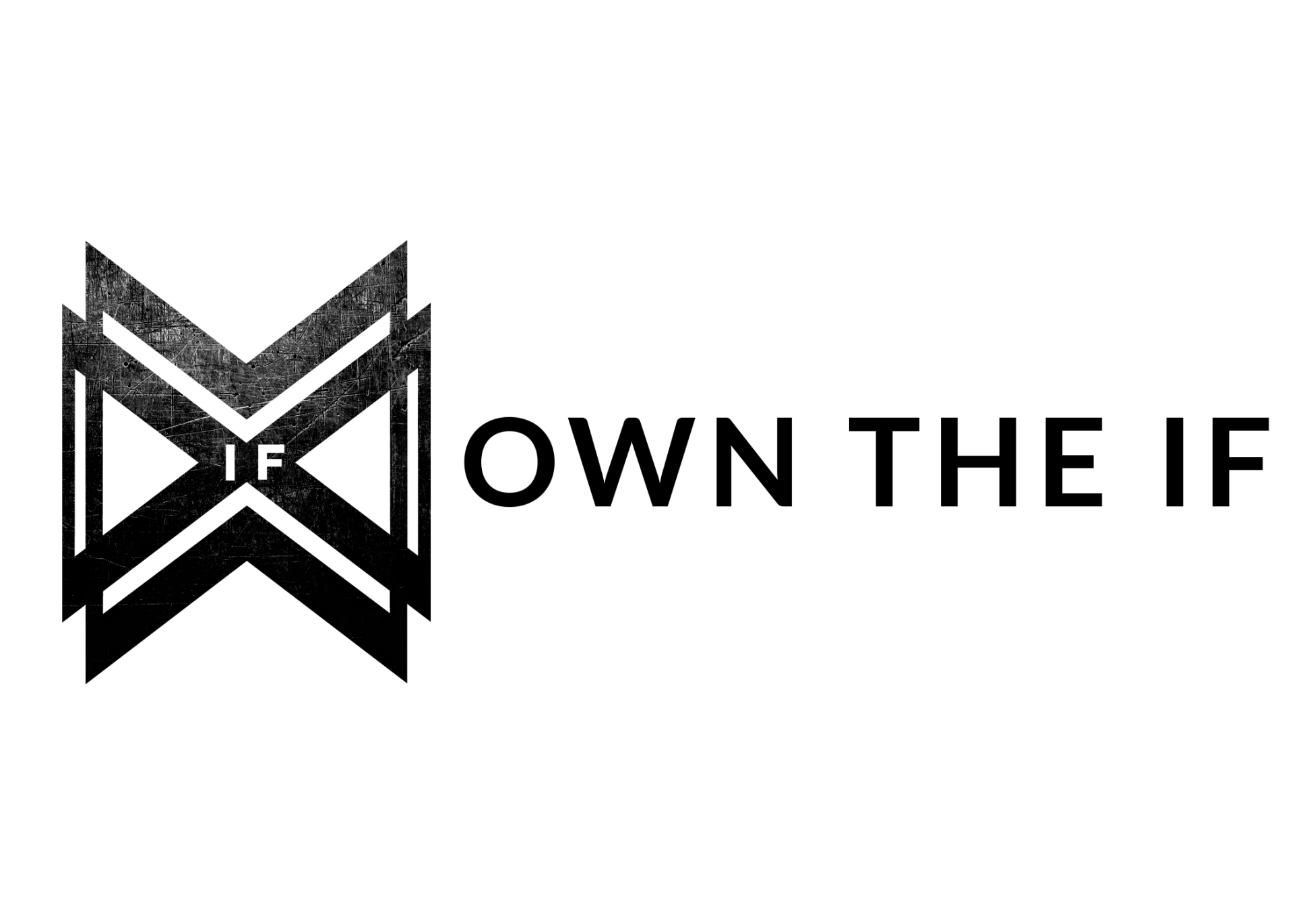A long time ago, I decided I wanted to run a marathon. I was working at a gym as a personal trainer when a coworker who was training for one asked if I wanted to join him. I said yes. I needed to shake up my workouts and push myself with a new challenge.
So, I did what any motivated person would do—I researched and developed the perfect training plan, bought fancy running shoes, made killer playlists, got some cool running gear, and even looked up fun races in scenic locations.
I was set. Except for one small problem…
I hate running.
I’ve never really enjoyed it. Not during all the years I played soccer, rugby, or even ran track (as a high jumper and hurdler). I loved the sports—I just hated the running. So, as you can probably guess, after the first couple of training runs, I quit.
Looking back, I had built a really nice pedestal. But I never stopped to ask the real question—could I actually train the monkey?
The Monkeys and Pedestals Mental Model
This idea comes from Tom Griffiths, a cognitive scientist and professor at Princeton University who studies how humans learn, reason, and make decisions. His work blends psychology, artificial intelligence, and machine learning to help us understand how to approach problems more effectively.
Griffiths uses the Monkeys and Pedestals analogy to highlight a trap we all fall into when tackling big challenges.
Imagine you're end goal is training a monkey to juggle flaming torches while standing on a pedestal.
There are two parts to this task:
- Building the pedestal – Straightforward, easy, and guaranteed to work. You can build a pedestal out of wood, bricks, or steel. No surprises.
- Training the monkey to juggle flaming torches – Uncertain, difficult, and the part that really determines success or failure.
The catch? If you can’t train the monkey, the pedestal doesn’t matter. The entire project fails.
Most people love working on the pedestal because it feels productive. It’s safer, easier, and way more comfortable than facing the hard part head-on.
This brings me back to my marathon plan—I spent weeks setting up my training, buying gear, and researching races. The truth was, I never stopped to test the hardest part: Do I even want to run? If I had tackled that question first, I could have saved myself a lot of time and effort.
How This Applies to Hard Problems
Every challenge has a monkey and a pedestal—a hard part and an easy part. The mistake? We focus on the pedestal because it feels like progress.
- Want to start a business? The monkey is getting your first paying customer. The pedestal is making a logo and setting up a website.
- Want to get stronger? The monkey is showing up and lifting weights. The pedestal is researching the perfect workout plan for weeks.
- Want to improve sleep? The monkey is turning off screens before bed. The pedestal is buying fancy pillows and an expensive mattress.
The best move? Start with the monkey. Tackle the hardest, most uncertain part first. If you can’t solve that, the pedestal doesn’t matter.
What This Looks Like in Real Life
- Spot the Monkey – What’s the hardest, most uncertain part of your goal? The thing that, if it doesn’t work, makes the whole plan fall apart?
- Test It First – Before going all in, see if you can actually train the monkey. No point in perfecting the details if the main thing won’t work.
- Refine Later – If the monkey is trainable, then—and only then—build a really great pedestal.
Applying this approach consistently means wasting less time on projects that are destined to fail and focusing on the ones with a real shot at success. Instead of spinning your wheels on things that never take off, you start figuring out what’s worth your time—and what’s not.
Bringing It Home
I know I’m not the only one who has built a great pedestal only to realize I never wanted to train the monkey in the first place. Maybe you’ve been there too. So, if there’s something you’ve been working on for a while but not making progress, ask yourself:
- Am I tackling the hardest part, or just making the pedestal look awesome?
- Do I actually want to do this, or do I just like the idea of it?
It’s easy to get stuck refining a plan, tweaking the details, and convincing yourself you’re making progress—when really, you’re just avoiding the hard part. But progress doesn’t come from building the pedestal. It comes from training the monkey.
If the answer is yes—if the monkey is worth training—then stop building and start doing. If not, that’s okay too. Drop it and move on. There are plenty of better monkeys out there.
You've got this.


